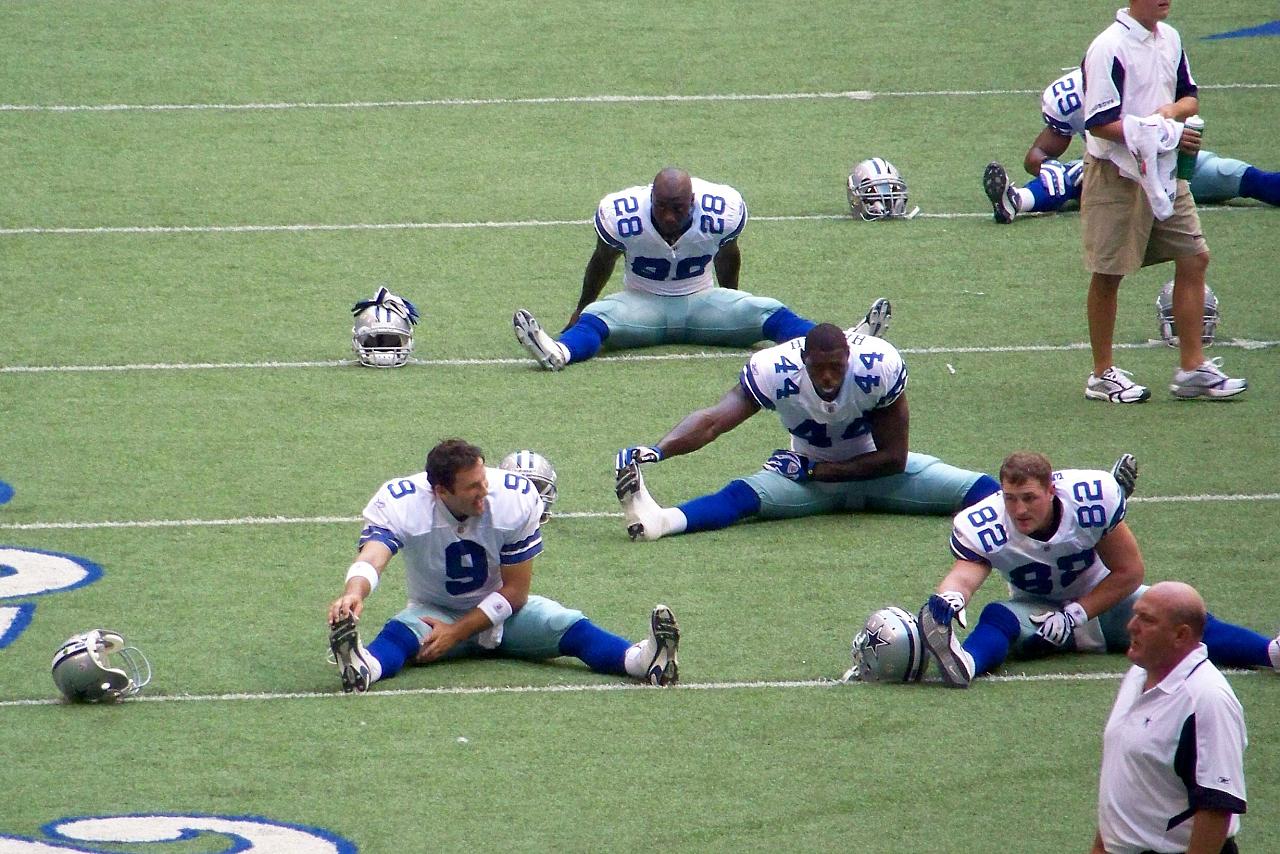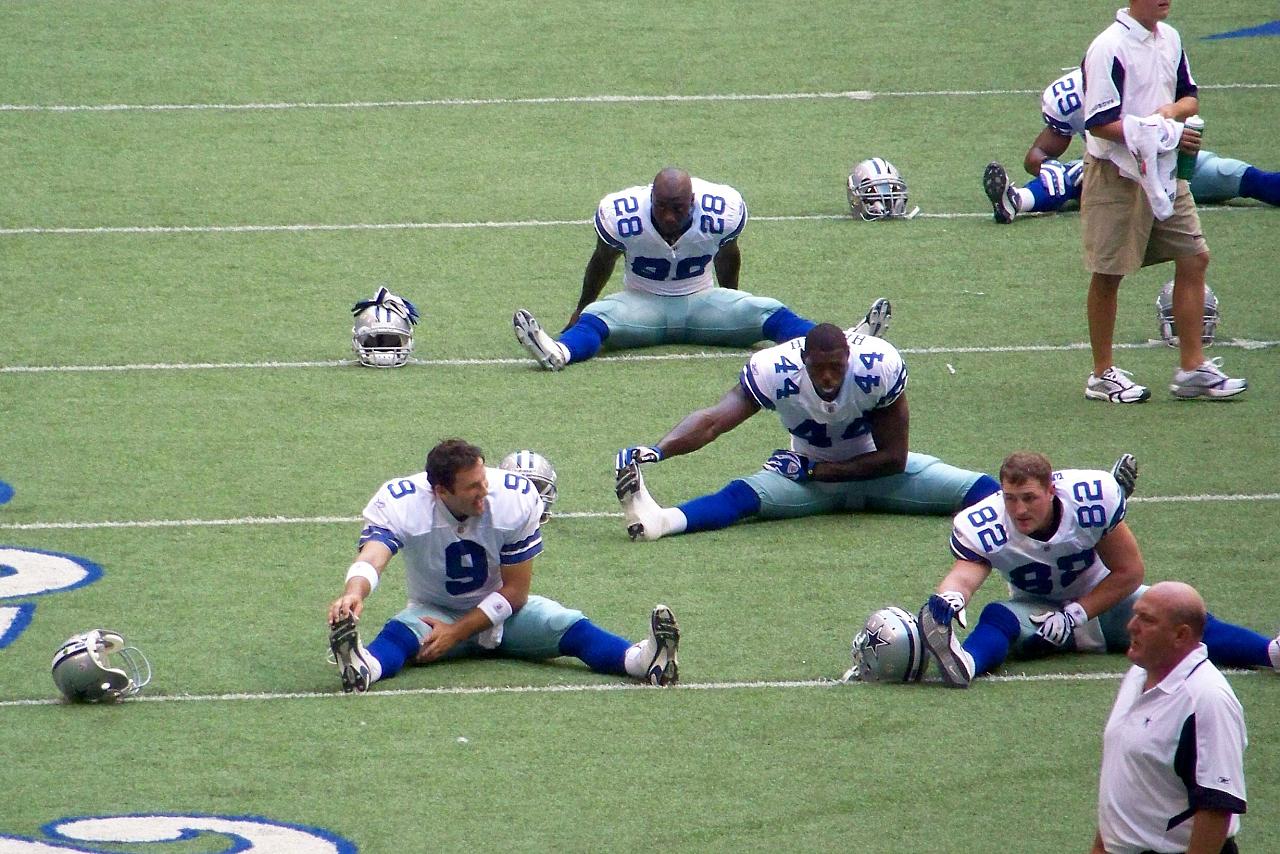
One of my favorite players in this draft thus far is this 6-0, 204-lb. Sun Devils running back with the vision, balance, and grit to get the most from every play.
A series I started last spring at the RSP blog is The Boiler Room. One of the challenges involved with player analysis is to be succinct with delivering the goods. As the author of an annual tome, I’m often a spectacular failure in this respect.
Even so, I will study a prospect and see a play unfold that does a great job of encapsulating that player’s skills. When I witness these moments, I try to imagine if I would include this play as part of a cut-up of highlights for a draft show at a major network or if I was working for an NFL organization creating cut-ups for a personnel director. Unlike the No-Huddle Series, The Boiler Room is focused on prospects I expect to be drafted, and often before the fourth round.
One of these players is a running back I look forward to watching this week at the Senior Bowl, Arizona State’s Marion Grice. Not the most physically talented player in this class of backs, this 6’0″, 207-lb. runner is savvy, tough, and versatile. I enjoy his game enough that I’m already going to violate my one-highlight rule (shocking I know . . .) and show you two.
The first is a demonstration of Grice’s skills as a receiver on a fade route against a linebacker in tight coverage for a touchdown to tie USC in the second quarter. The Sun Devils’ runner flanks the quarterback on the right side of the shotgun at the 11 with 7:59 in the half. The two tight end alignment forces the outside linebackers to account for these receivers, matching Grice with the middle linebacker – a tough draw for the defense.
[youtube=http://www.youtube.com/watch?v=-Pn5vRoTqIk&start=182&w=560&h=315]
The fact the quarterback even targets Grice on this play is a display of trust in the runner’s skills in the passing game. This is a timing route where Grice must execute his break with one fluid motion. Watch the replay and the timing of this break is late enough in the route so the linebacker has to react first.
This first reaction gives Grice the advantage of “having the last say” with the target – turning his back to the linebacker, extending his arms to the ball, and completing his turn through the linebacker’s coverage to win the pass in bounds. Grice makes it look easy. It’s this prowess versus man coverage in the red zone and intermediate routes that makes Shane Vereen a promising weapon in New England.
At the very least, I expect Grice to earn a roster spot because he’s also a capable return specialist. However, I’m more optimistic that Grice has potential as a long-term contributor as a third-down back based on the strength of his receiving skills and promise as a pass protector.
This week in Mobile and additional tape study should give me enough information to make a judgment on his overall NFL upside. Is Grice’s potential that of a role player or a more frequent contributor in a starting lineup?
Running backs are a dime a dozen and when a player like Grice lacks special athleticism, odds aren’t in his favor of developing into a long-term starter. However, I see flashes of strong balance, second effort running, and smart decision-making that give me some optimism.
This failure of an offensive play on 3rd and 14 with 2:14 in the first quarter is the type of moment few would consider for a highlight reel, but I believe it underscores the skills I mentioned above in addition to a heightened level of vision/awareness of his surroundings as a receiver/runner.
Grice flanks the quarterback’s right side in this 3×1 receiver, 10-personnel shotgun set at the 50 versus a USC defenese with six defenders in the box. This is a swing route to the right flat.
[youtube=http://www.youtube.com/watch?v=-Pn5vRoTqIk&start=99&w=560&h=315]
The difficulty of this target is understated. Although the physical adjustment to make the catch isn’t a difficult one, the placement of the ball forces Grice to catch the ball over his shoulder and maintain his momentum towards a safety screaming into the flat. This is the type of attempt many receivers drop due to a lapse of concentration.
Not Grice, who is fully aware of the safety but makes the catch with good form and still has the agility and timing to make the defender miss and then layer a spin to the inside of the second defender coming from the inside. After layering two moves after the catch, he fights his way though three defenders before tackled at the line of scrimmage.
In the box score or the context of the game, this is not a meaningful play. However, when I’m evaluating talent it’s a great example – one of many I’ve seen – of a player who integrates his physical skills, on-field awareness, and effort.
As I mentioned in my Senior Bowl Preview, I want a better feel for Grice’s speed and acceleration. If he demonstrates enough athleticism – and maybe at 210-215 pounds – he could be an underrated prospect with starter upside.
For analysis of skill players in this year’s draft class, download the 2013 Rookie Scouting Portfolio.The 2014 RSP will available April 1 and if you pre-order before February 10, you get a 10 percent discount. Better yet, if you’re a fantasy owner the 56-page Post-Draft Add-on comes with the 2012 – 2014 RSPs at no additional charge and available for download within a week after the NFL Draft. Best, yet, 10 percent of every sale is donated to Darkness to Light to combat sexual abuse. You can purchase past editions of the Rookie Scouting Portfolio for just $9.95 apiece.










